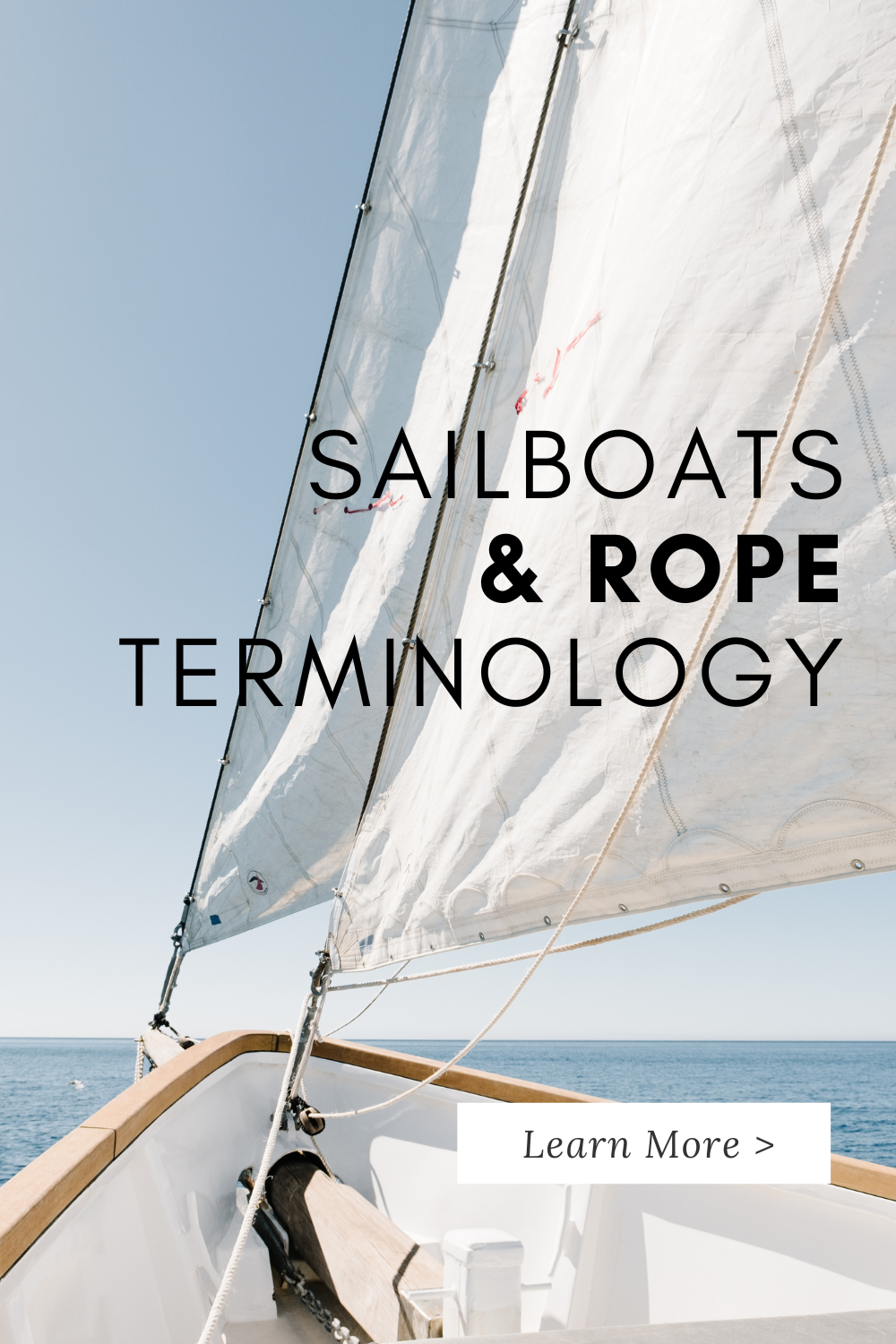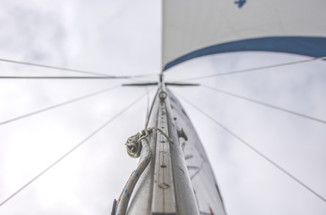9th Sep 2020
Sailboats & Rope Terminology
When sailing, rope isn't usually referred to as rope. Wherever a rope is used, it’s called a ‘line’ and each line serves a different purpose therefore it has its own name!
Running Rig- The moveable lines used to drag up and alter your sails.
The halyard refers to the rope that pulls your mainsail up. Whereas the downhaul refers to the rope that brings the sail down your line.
Additionally, there are different lines that control each sail. These lines are referred to as sheets. Each sheet’s name corresponds to the specific sail that it controls. For example, the mainsheet refers to the rope used to trim the mainsail and the jibsheet refers to the lines used when trimming your jib. Other lines used for trimming are often known as kickers and cunninghams.
Standing Rigging- All of the lines supporting the still pieces on the boat.
These lines are typically steel cables, known as shrouds or stays. For example, the cable running between the mast and the bow is called the 'forestay' and the ones running to the stern are 'backstays.'
Mooring Up- Refers to the lines used for tying up to jetties or other boats that are commonly referred to as ‘docklines’ or ‘warps.’
A combination of lines known as a 'springline,' help to prevent the movement of the boat when tied up.
Essentially there are only a few examples of sailing lines that are actually referred to as ropes, a ‘bolt rope’ which is a line that can be attached to the edge of a sail or the ‘bell rope’ which is used to ring the ship's bell!


